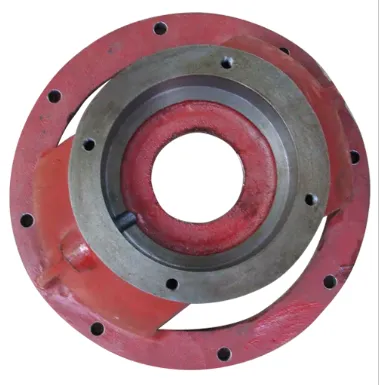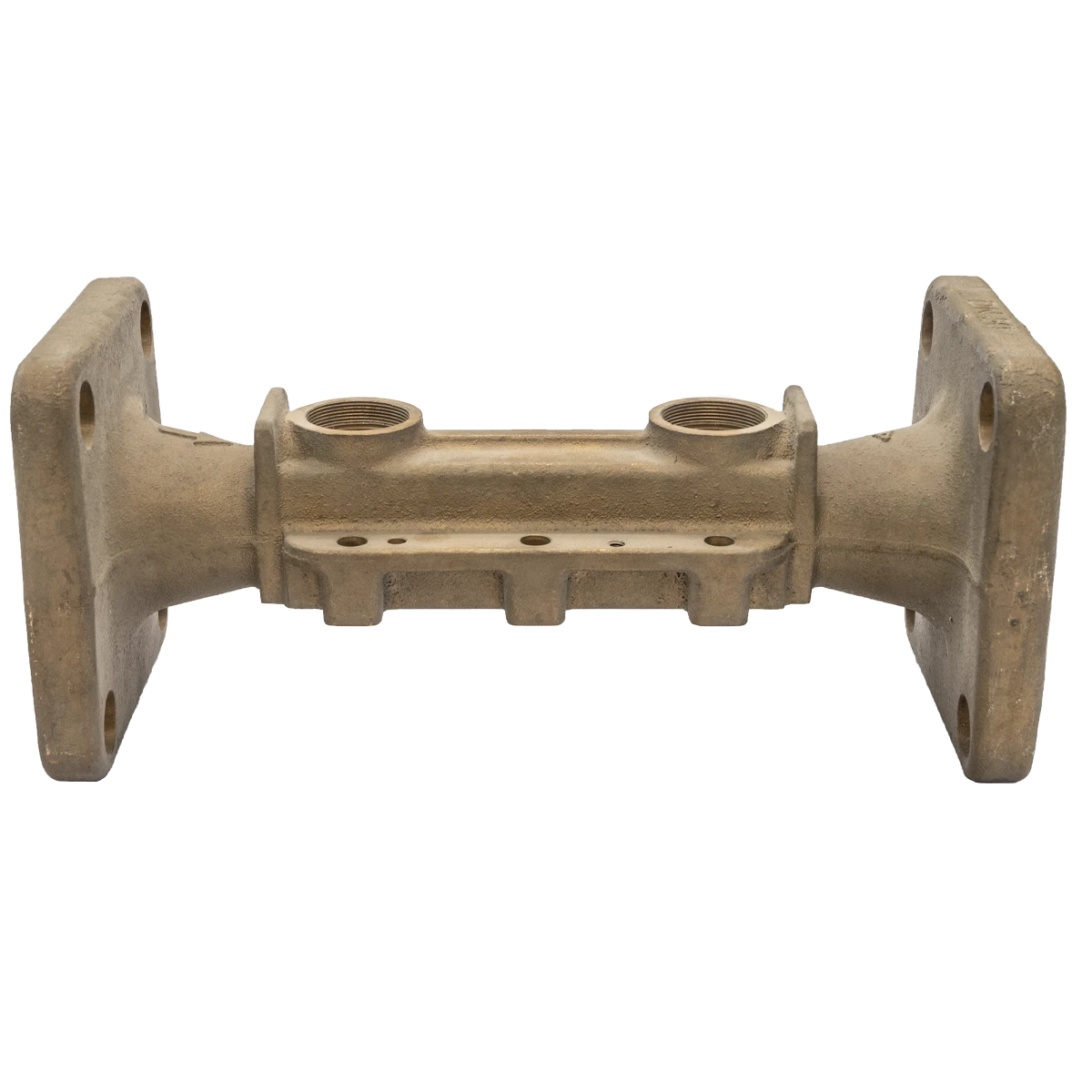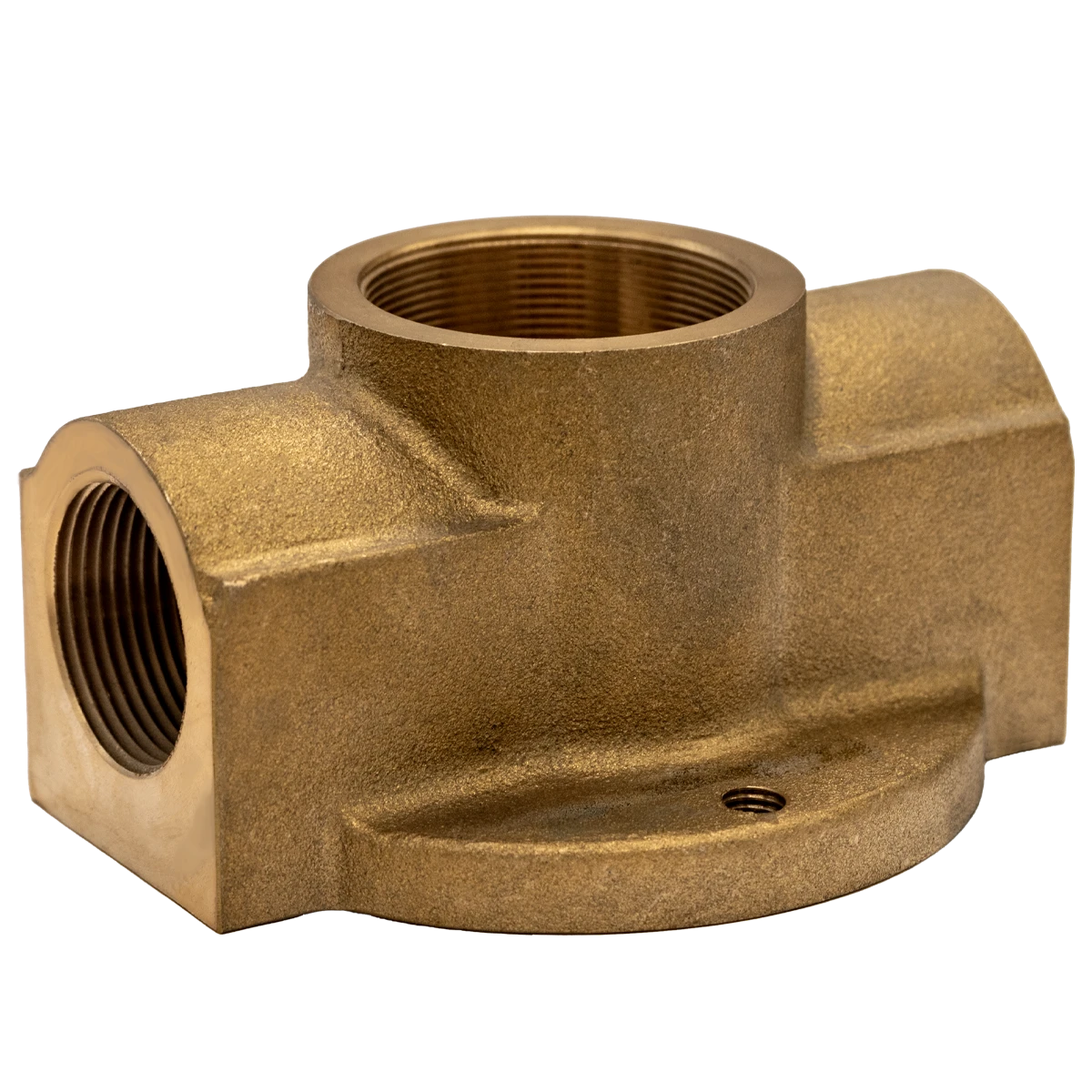Handy, Mobiltelefon:+86-311-808-126-83
Email:info@ydcastings.com
Boost Fluid Dynamics with Precision-Engineered Pump Components
In high-performance fluid systems, every component matters. From large-scale industrial pumps to compact residential applications, the integrity and efficiency of each part directly influence system output and reliability. While motors provide the energy, it is the internal structure—especially the casing, connectors, and flow-driving mechanisms—that transforms that power into efficient hydraulic movement. Selecting the right components ensures operational longevity, reduces energy loss, and promotes seamless integration across pumping and compressor systems.

Understanding the Role of Pump Efficiency in Every Pump Casing Type
Maintaining consistent pressure and flow requires more than just a powerful motor. The internal architecture of a pump, particularly the pump casing type, determines how fluid moves through the system. Different casing types—such as volute, concentric, or split—are engineered to manage energy conversion, mitigate turbulence, and protect internal components. High-efficiency casing designs reduce wear and accommodate high volumes of water or other fluids, making them indispensable in industries ranging from wastewater treatment to chemical processing. The optimal pump casing type ensures hydraulic energy is maximized while structural integrity remains uncompromised.
Harness Flow Dynamics with the Perfectly Designed Impeller Propeller
Effective liquid propulsion begins with the rotation mechanism inside a pump or fan. The impeller propeller is a critical element responsible for generating centrifugal force, pushing fluid from the center toward the outer edges of the chamber. Designed in varying geometries and blade configurations, these components handle diverse applications, from low-viscosity water transfer to high-viscosity chemical processing. The balance between blade angle, material strength, and rotational speed affects not only performance but also system noise, energy consumption, and maintenance frequency. A refined impeller propeller boosts operational efficiency across all liquid movement systems.
Optimize Pressure Management through Precision-Fitted Compressor Housing
Compressors are the backbone of systems that rely on pressurized air or gas, and the compressor housing serves as their protective shell and structural anchor. Far from being a passive exterior, this component is engineered to withstand internal stress, regulate thermal conditions, and facilitate airflow with minimal resistance. Its aerodynamic and thermodynamic properties contribute to noise reduction, vibration control, and performance stability, particularly in high-demand environments such as HVAC systems and industrial gas compression. A well-built compressor housing allows for seamless heat exchange and mechanical alignment, ensuring both safety and efficiency in demanding operations.
Ensure Leak-Free Fluid Transfer Using a Reliable Water Pump Connector
No hydraulic or cooling system can function without dependable junctions. A water pump connector is engineered to create secure transitions between pipes and pump inlets or outlets, ensuring leak-proof connections under fluctuating pressure and temperature conditions. Whether fabricated from stainless steel, reinforced rubber, or composite polymers, the material and structure of the connector must align with the fluid's properties and the system's operational environment. Quality connectors not only enhance flow consistency but also prevent costly shutdowns caused by leaks or mechanical failures. Incorporating a resilient water pump connector minimizes downtime and boosts long-term system resilience.
Increase System Reliability by Choosing the Right Casing in Centrifugal Pump
The heart of any centrifugal pump lies in its casing. Selecting the correct casing in centrifugal pump design is vital to ensure optimal energy conversion, low maintenance, and long operational life. Beyond containing the impeller and directing flow, the casing plays a crucial role in balancing pressure and absorbing mechanical stress. Depending on the application—be it in agriculture, manufacturing, or water supply—casing features like split construction, corrosion resistance, or self-venting capabilities are essential for tailored performance. A reliable casing in centrifugal pump reduces wear on internal components and maximizes energy output with minimal hydraulic loss.
How Does the Design of a Pump Casing Type Affect Efficiency?
The specific geometry and flow path of a pump casing type influence fluid velocity, pressure buildup, and energy loss. Choosing the right shape and material helps reduce turbulence and enhances flow uniformity, which leads to less wear and better system performance.
What Are the Functional Differences Between an Impeller Propeller and a Standard Blade?
Ein impeller propeller is designed not only to move fluids but also to build pressure through centrifugal motion. Compared to standard flat blades, impeller propellers are often curved or twisted to optimize thrust and flow rate, making them more efficient in complex fluid systems.
Pump Casing Type FAQs
Q: What is the most common pump casing type used in industry?
A: Volute casing is widely used due to its efficiency in converting velocity into pressure and its ease of maintenance.
Q: How do I choose the right impeller propeller for my pump?
A: Selection depends on fluid viscosity, desired flow rate, system pressure, and whether the pump handles solids. Consulting technical specs is crucial for optimal performance.
Q: What materials are best for compressor housing in high-temperature environments?
A: Aluminum alloys and heat-treated steels are ideal for high-temperature settings, offering both thermal resistance and structural stability.
Q: Can a water pump connector handle chemical fluids?
A: Yes, connectors made from chemical-resistant materials like EPDM, Viton, or stainless steel are suitable for aggressive fluids.
Q: Why is casing in centrifugal pump design so important for system life?
A: Proper casing ensures balanced flow, protects internal components from wear, and improves the overall hydraulic efficiency of the system, which directly influences longevity and performance.
-
Materials Used in Manufacturing Cap End Pipe FittingsNachrichtNov.24,2025
-
Material Properties of CF8M CastingNachrichtNov.24,2025
-
How to Inspect Pump Cap Ends for DamageNachrichtNov.21,2025
-
Backward Curved Impeller – Efficient Airflow Solutions for Industry | YD CastingsNachrichtNov.21,2025
-
Automobile Water Pump - Efficient, Quiet, Durable & ElectricNachrichtNov.21,2025
-
Impeller for Pumps – High-Efficiency, Durable, OEM-ReadyNachrichtNov.21,2025











